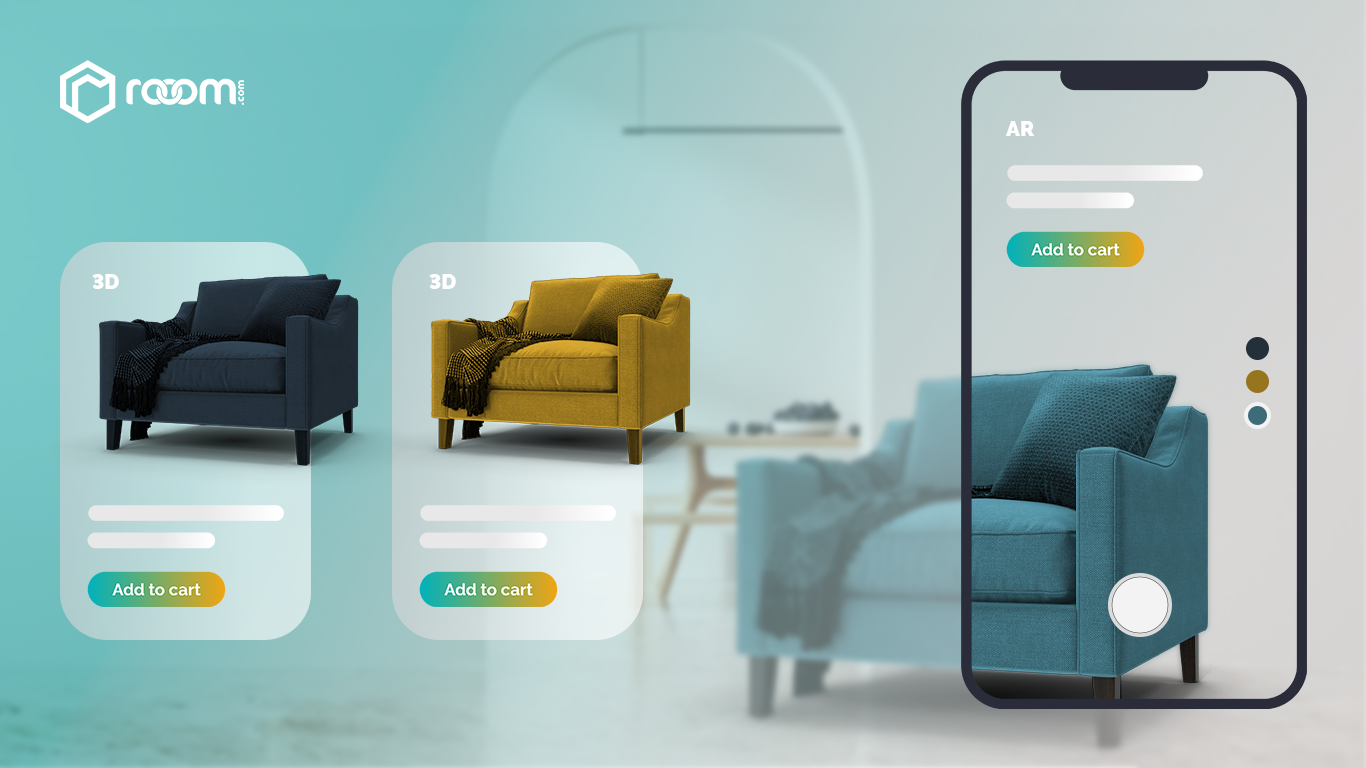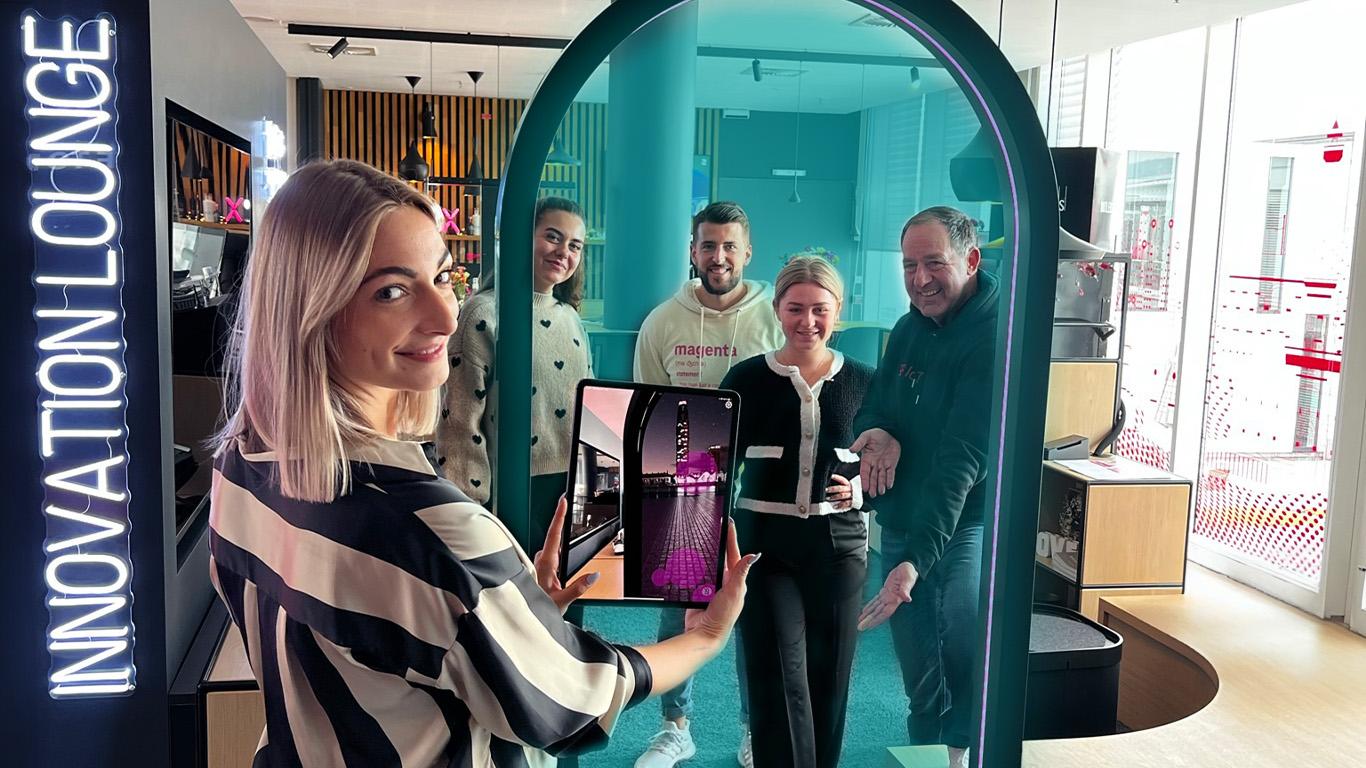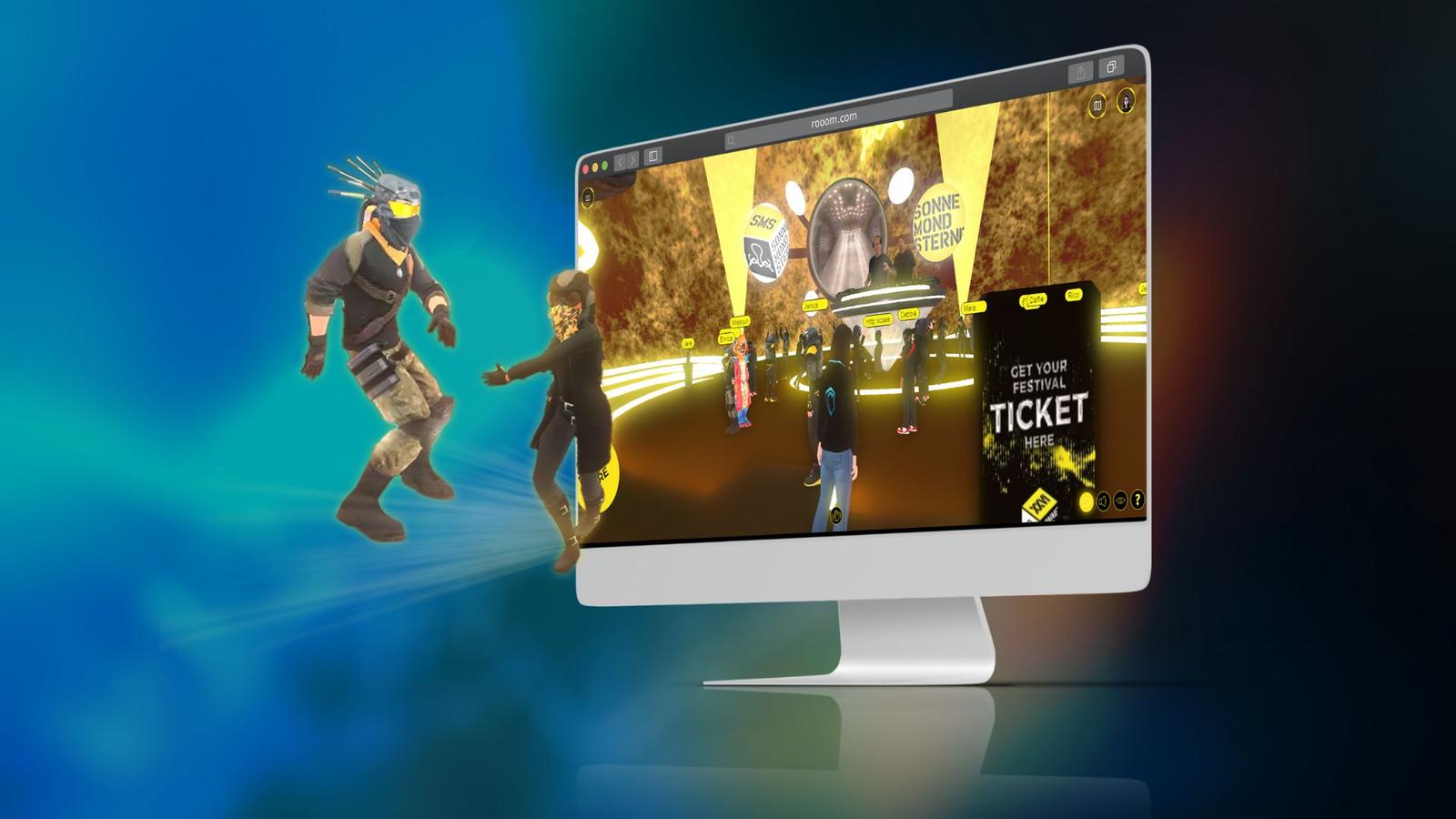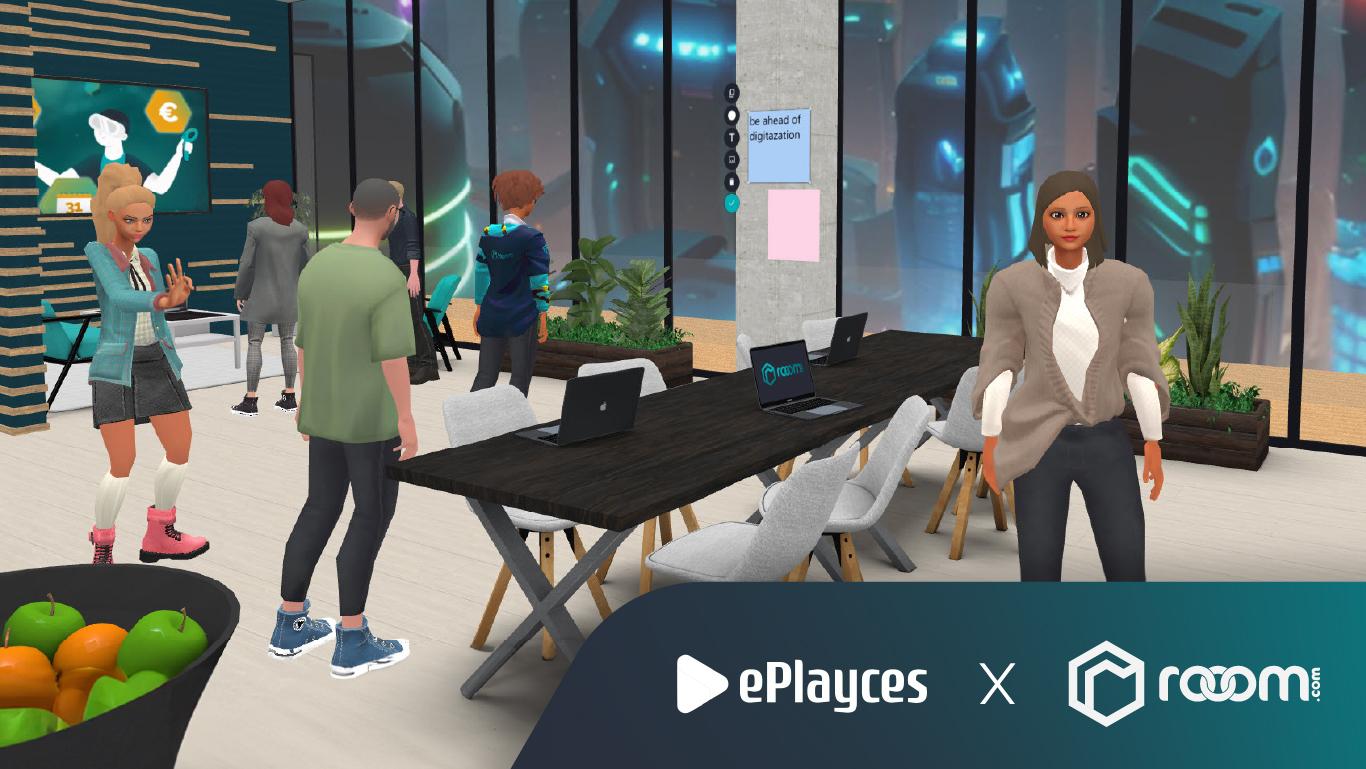Blog
3D Room Scanner

- Hot Topics
- Feature Spotlights
- Blog
We are in the era of immersive technologies. They are playing an increasingly important role. Whether in a business or cultural context, it will soon be impossible to imagine life without them. 3D room scanners are part of this development and now offer the possibility of virtually mapping real spaces and turning them into immersive experiences with exciting content.
What are 3D room scanners and where are they used?
3D room scanners are special cameras that have the capability to capture physical spaces in three dimensions. This is usually done using lasers, light or other sensors. [1] The aim is to measure the space in detail and create a 3D model of it. With this 3D model (also known as a "digital twin"), virtual tours of a building are possible.
The 360° tours enable intuitive guidance through the spaces using simple navigation points. Additional content, such as videos or product information, can be integrated by marking objects.

These 3D scans can be used in numerous ways, for example in the construction and real estate industry for the creation of architectural models or for the preservation of monuments, important churches and other buildings. They are also already used in film production to create virtual reality.
Several benefits are offered by these models to other companies. With increasing digitalization and the associated enthusiasm for virtual worlds, organizations, museums and companies see them as a future-proof marketing tool and a new way to offer visitors and customers even more varied and hybrid input.

The 360° tours can be used to create virtual showrooms or exhibitions. Another advantage of 360° tours is that they are available 24/7 and can be accessed from all devices. Of course, a virtual reality tour with VR headsets is also possible and makes the whole experience even more exciting. You can discover how such a virtual experience could look like here - click through the 3D tour:
How does a 3D room scan work?
1. A high-quality scan requires a high-resolution camera, a tripod and an iPad with 3D scanning software. Before the scan is taken, the spaces should be prepared accordingly and well illuminated. For places with public traffic, the 3D scan should be carried at times other than opening hours, for example.
2. Individual scan points are then defined at which the camera is placed one after the other. The camera only needs 30 seconds to record and transmit one scan point. This process is carried out for all the requested spaces and scan points, and the app provides support with a map showing all the rooms that have already been scanned.

3. Once all the scans have been completed, the system checks whether they are permissible or whether there are areas where the scans are too far apart and therefore cannot produce a consistent image.
4. In the final step, markings must be made to identify interfering points such as windows or mirrors. The camera can use the markings to remove these unwanted areas.
5. The finished project can now be uploaded to a cloud and the scan is ready within 24 hours. If you want, you can now add additional content to enhance the virtual tour. Read more about this in the following section.
Next level 3D room scans with virtual staging
Once the digital twin has been created, you can even fill it with individual content. A virtual staging software such as rooom360 enables users to receive additional creative input through videos, products, audio plays or playful activities that are not available on site. Virtual elements and info points make the space even more interactive. Here you can see the difference between a plain and a staged room:
3D room scans & virtual staging
Virtual staging makes it possible to add individual 3D objects to previously scanned and digitized rooms. This can be used for viewings, particularly in the real estate sector. Empty rooms are given a homely flair with virtual furniture and virtual staging can also help museums to permanently present exhibits from past special exhibitions.
Let’s scan!
The use of 3D room scans as digital tours in combination with virtual staging makes the immersive experience unforgettable for customers and visitors. The future of room scanning technology promises even more exciting developments. Hybrid offers are very important today. 3D room scanners create a bridge between real spaces and digital content. The advance of artificial intelligence could also make scanners and 3D software even more intelligent. Numerous advantages in terms of image recognition and processing are possible. In addition, the use of AI in the form of assistants for manual processes could be a further development towards more automation and optimization.

You want to turn your physical spaces into immersive virtual experiences? Then subscribe to a rooom360 plan, and we’ll guide you from scan to the finished space!
















